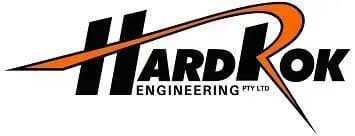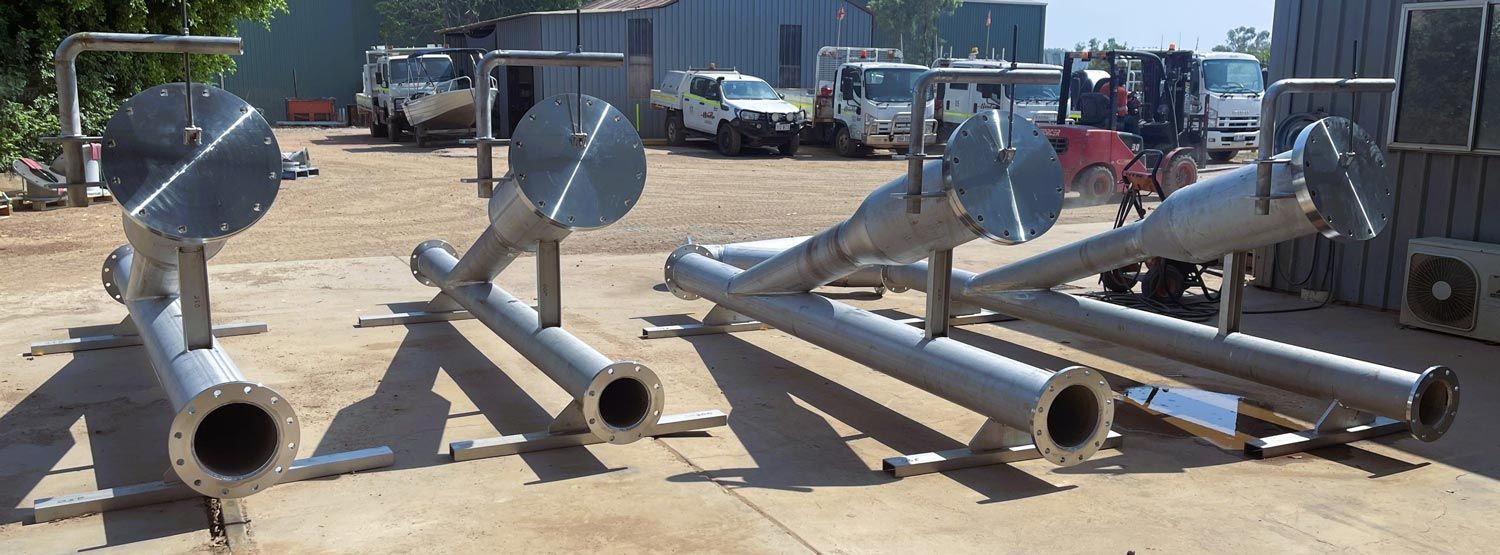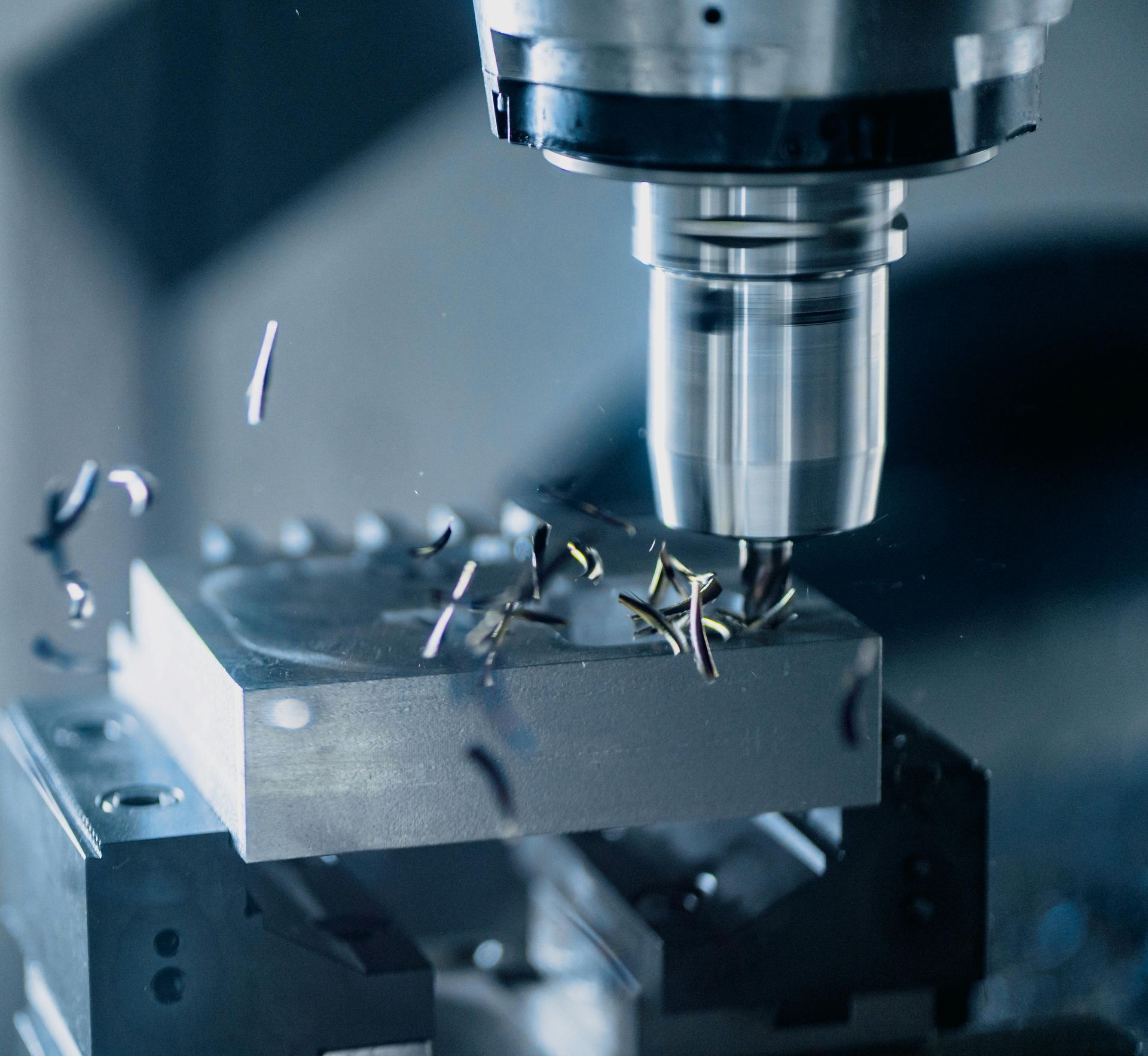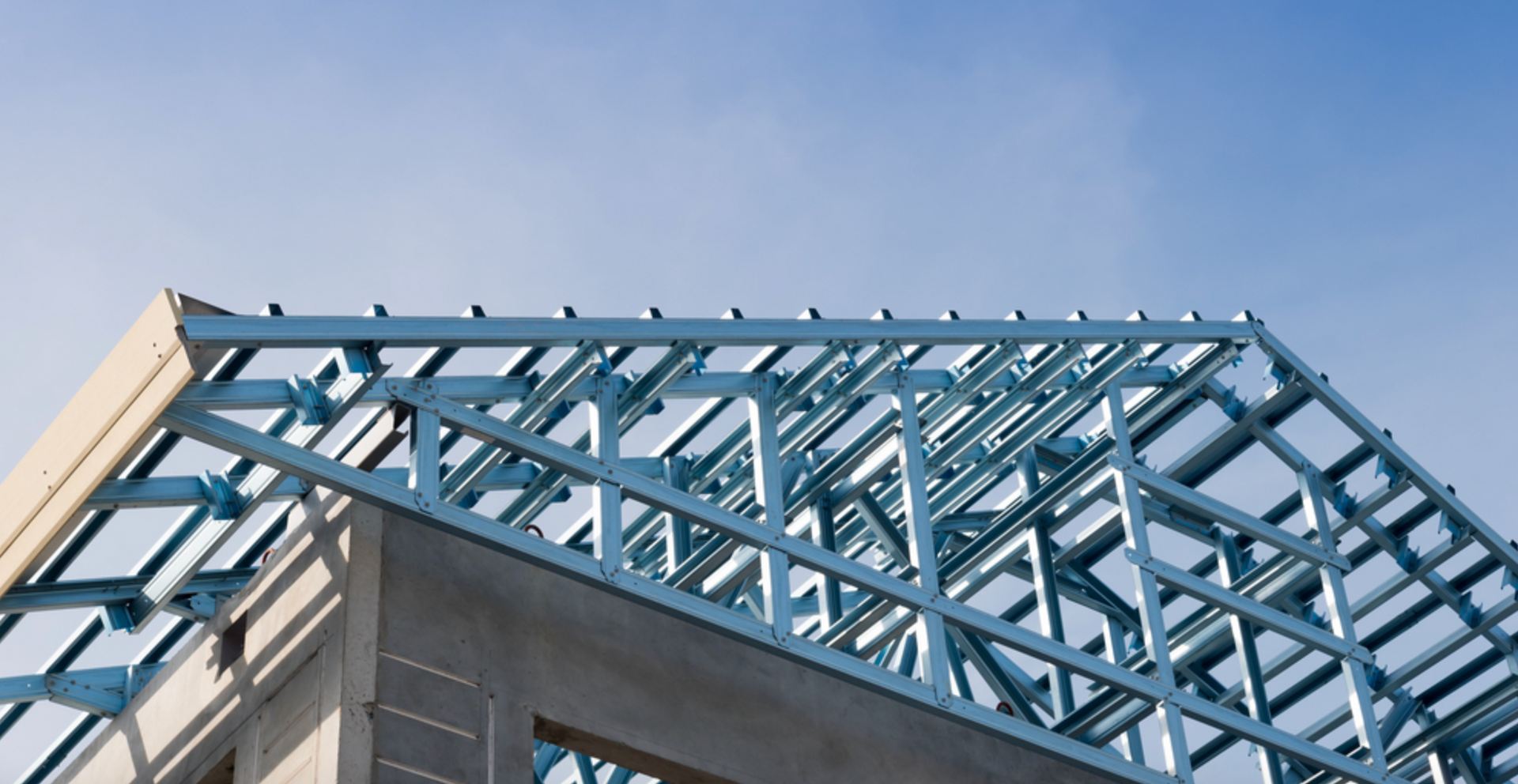What Are The Different Types Of Steel Fabrication?
Cutting
Applications : Cutting is used across various industries, from automotive manufacturing to construction, where precision-cut steel pieces form the building blocks of complex structures.
Machining
Machining involves removing excess material from steel to shape it into the desired form. This process includes drilling, turning and milling, typically performed using CNC (Computer Numerical Control) machines for high precision.
CNC machining allows for intricate designs and high accuracy, which is essential for parts that need to fit perfectly within a larger assembly.
Applications : Machining is crucial in creating components for machinery, engines and tools, ensuring they meet exact specifications and tolerances.
Welding
Applications : Welding is widely used in construction, automotive industries and shipbuilding, where solid and durable joints are necessary for structural integrity.
Bending
Applications : Bending is often used to create pipes, structural beams, and architectural elements that require smooth, continuous curves.
Assembling
Applications : Assembling is critical in construction and manufacturing, where various steel parts come together to form buildings, bridges and machinery.
Casting
Applications : Casting is used to make complex shapes that would be difficult to achieve through other fabrication methods, such as engine blocks and large machine parts.
Unlock The Potential Of Your Project With Our Custom Steel Fabrication
Selecting the right type of steel fabrication depends on the project requirements, including the size, complexity and intended use of the final product. At Hardrok Engineering, we offer comprehensive steel fabrication services tailored to meet your specific project needs. Our expertise in various types of steel fabrication, combined with advanced machinery, ensures high-quality results for every application. Discover the wide range of steel fabrication applications and services we offer to make your project a success. Contact us today.








